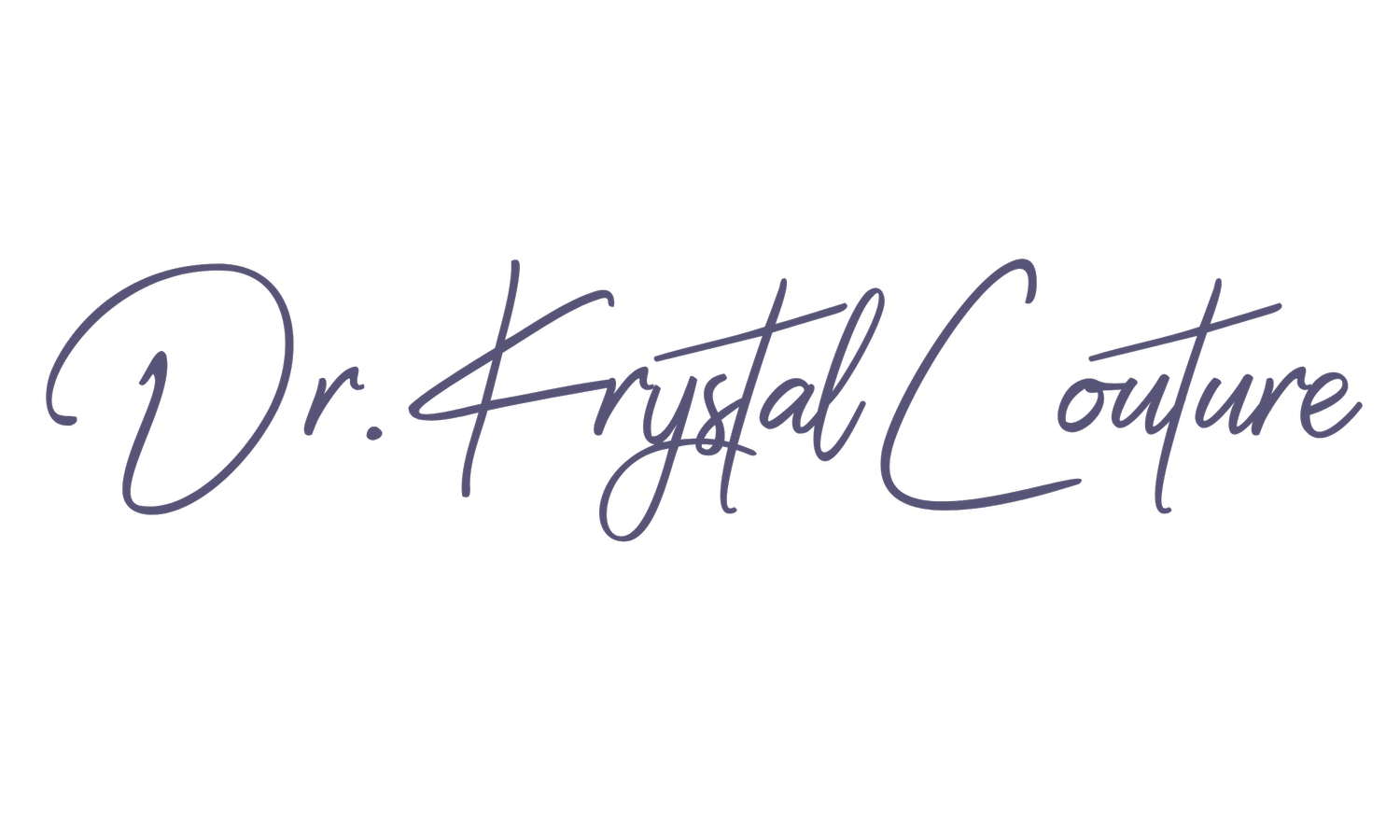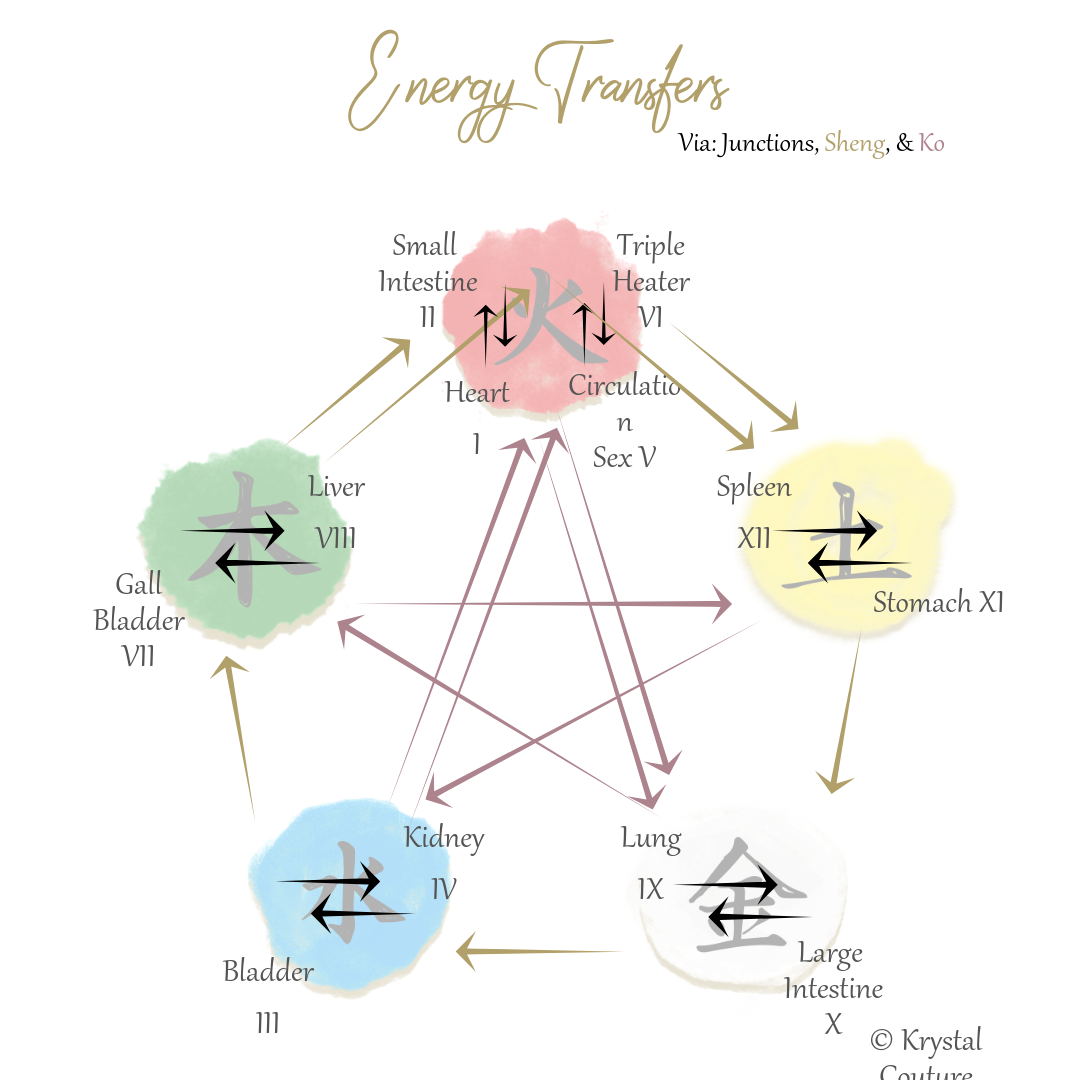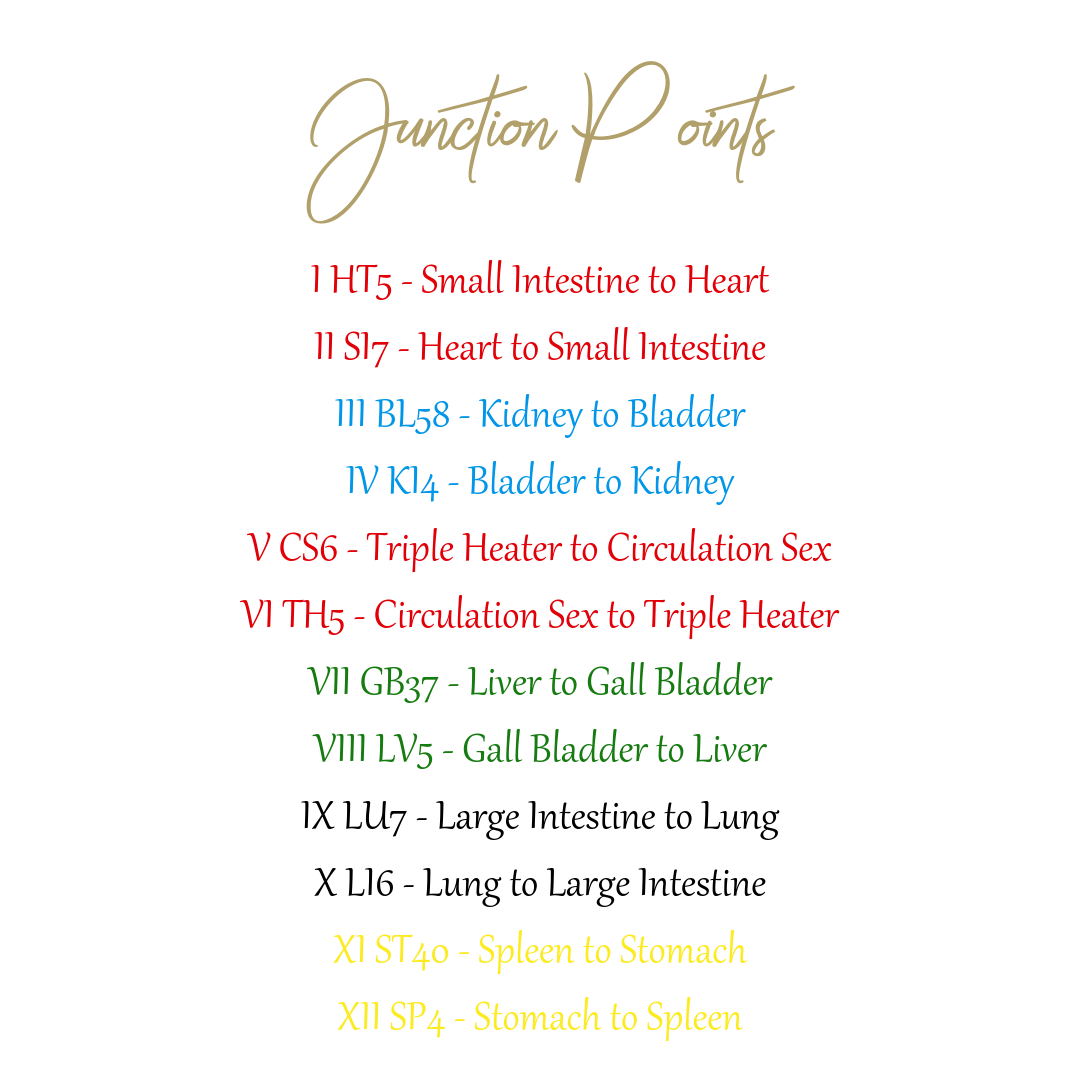Transfers of Energy
The purpose of transferring energy is to balance and harmonize energy within the elements. We move energy from where there is a relative surplus to where there is a relative deficiency. It is possible to create a transfer of energy using the Sheng cycle to move energy around the cycle of creation, the Ko cycle to transfer energy around the cycle of control and Junction points to transfer energy between paired officials. Furthermore, the Sheng (using tonification points), Ko (using preceding element points) and Junction points can be used in coordination to complete a transfer, following the laws of the cycles. Transfers along the Sheng Cycle may use Yang to Yang pathways or Yin to Yin pathways. Transfers along the Ko Cycle may only occur Yin to Yin. Transfers are done by summoning energy using a Tonification Needle Technique, to create a highway of energy and move it around. It is important to remember that in Five Elements Acupuncture, energy would only be transferred into the Causative Factor, as this is believed to be the source of imbalance. This brings energy into the CF.
Generally, a transfer of energy would be completed in a session with a client after the traditional diagnosis as well as after using Tonification Points, Source Points and Horary Points. We also need to make certain that there are no blocks or splits in the energy, by assessing the pulses, before performing transfers. Moxa is not used in transfers of energy. In addition, there are several rules that we should follow when considering a transfer of energy.
Avoid the Water Element or any Element that is low - Because water is generally slightly lower in energy than the other elements, it tends to keep the energy that is desired to go toward the deficient official. The deficient official, which is within the CF, will not get the energy it needs, if water takes some of that energy away. Any other Element that is low will react in the same way.
Least Amount of Needles - Less needles is more efficient in transferring energy. Body position may factor into our decision.
Avoid the Heart Official - The Heart is the Emperor of the Kingdom, when possible, it is best not to disturb the role of the Supreme Controller. The other Officials within the fire element can often be used in substitution. Energy cannot be transferred between the two sides of fire. They both act as independent channels in transfers via the Sheng and Ko cycles.
Only transfer energy into the Causative Factor.
The first needle to be placed, must be placed in the deficient official. Carrier needles are then placed tracing the energy back to the relative excess. Carrier needles only pass the energy along, they do not utilize the energy. Once all needles are placed. Tonification Needle Technique is applied only to the needle situated in the deficient official.
Examples:
Stomach XI +, Liver VIII -
Using the Ko Cycle, shift energy to the Liver from the Lung - LV4
Using a Junction Point, shift energy from the Large Intestine to the Lung - LU7
Using the Sheng Cycle, shift energy from the Stomach to the Large Intestine - LI11
Tonification Needle Technique LV4
Or
Using the Ko Cycle, shift energy to the Liver from the Lung - LV4
Using the Sheng Cycle, shift energy from the Spleen to the Lung - Lu9
Using a Junction Point, shift energy from the Stomach to the Spleen - SP4
Tonification Needle Technique LV4
Or
Using the Sheng Cycle, shift energy from the Kidney to the Liver - LV8
Using the Ko Cycle, shift energy from the Spleen to the Kidney - KI3
Using a Junction Point, shift energy from the Stomach to the Spleen - SP4
Tonification Needle Technique LV8
The third option is the least appealing option as energy is transferred through water. Either of the first two options are appropriate transfers, as there are only 3 needles used in each and they follow the transfer rules.
Gall Bladder VII +, Bladder III -
Using the Sheng Cycle, shift energy from the Large Intestine to the Bladder - BL 67
Using the Sheng Cycle, shift energy from the Stomach to the Large Intestine - LI11
Using a Junction Point, shift energy from the Spleen to the Stomach - ST40
Using the Ko Cycle, shift energy from the Liver to the Spleen - SP1
Using a Junction Point, shift energy from the Gall Bladder to the Liver - LV5
Tonification Needle Technique BL67
Or
Using a Junction Point, shift energy from the Kidney to the Bladder - BL58
Using the Ko Cycle, shift energy from the Spleen to the Kidney - KI 3
Using the Ko Cycle, shift energy from the Liver to the Spleen - SP1
Using a Junction Point, shift energy from the Gall Bladder to the Liver - LV5
Tonification Needle Technique BL 58
The first option requires the use of one additional needle, making it less appealing than the second option which moves energy from the Kidney to the Bladder. Since this individual treated in this case is assumed to be a Water CF, transferring energy through the Kidney to Bladder via a junction point, will bring the relative excess of energy to the water element making it more robust and evenly balanced.
Small Intestine II +, Circulation Sex V -
Using the Sheng Cycle, shift energy from the Liver to the Circulation Sex - CS9
Using the Ko Cycle, shift energy from the Lung to the Liver - LV4
Using a Junction Point, shift energy from the Large Intestine to the Lung - LU7
Using the Sheng Cycle, shift energy from the Stomach to the Large Intestine - LI11
Using the Sheng Cycle, shift energy from the Small Intestine to the Stomach - ST41
Tonification Needle Technique CS9
Or
Using the Sheng Cycle, shift energy from the Liver to the Circulation Sex - CS9
Using the Ko Cycle, shift energy from the Lung to the Liver - LV4
Using the Ko Cycle, shift energy from the Heart to the Lung - LU10
Using a Junction Point, shift energy from the Small Intestine to the Heart - HT5
Tonification Needle Technique CS9
The second option requires us to move energy through the Heart, while it requires one less needle, it seems inappropriate to disturb the Heart Official unnecessarily.
Kidney IV +, Large Intestine X -
Using a Junction Point, shift energy from the Lung to the Large Intestine - LI6
Using the Ko Cycle, shift energy from the Circulation Sex to the Lung - LU10
Using the Ko Cycle, shift energy from the Kidney to the Circulation Sex - CS3
Tonification Needle Technique LI6
Or
Using the Sheng Cycle, shift energy from the Stomach to the Large Intestine - LI11
Using the Sheng Cycle, shift energy from the Triple Heater to the Stomach - ST41
Using a Junction Point, shift energy from the Circulation Sex to the Triple Heater - TH5
Using the Ko Cycle, shift energy from the Kidney to the Circulation Sex - CS3
Tonification Needle Technique LI11
While either pathway is appropriate, the first requires only 3 needles, where the second requires 4. The first technique is most attractive.
References:
Personal Class Notes ITEA 2019



